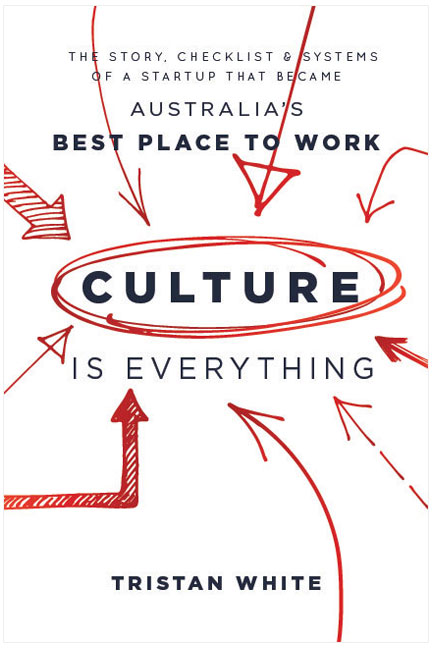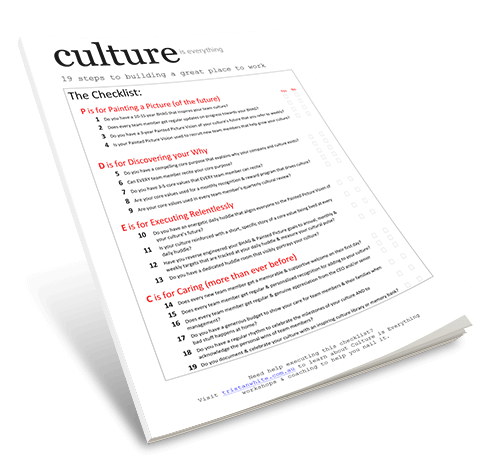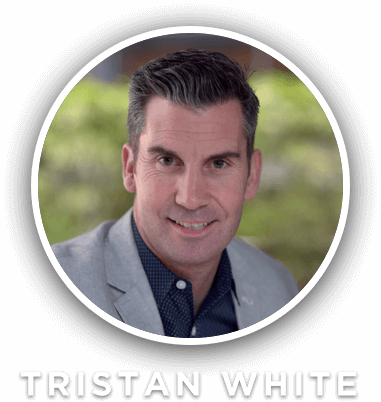
 There is nothing more certain in the rapidly changing information age than the fact that the 'most brains win'. That is, organisations and businesses that can leverage the use of millions of brains have huge competitive advantages. Think of Wikipedia, TripAdvisor, eBay and Amazon: all of these giants of their industry have thousands and thousands of people contributing time, knowledge and content to their businesses every day. For free. People like you, me and the person sitting next you are creating reviews and content that drive other people's businesses.
There is nothing more certain in the rapidly changing information age than the fact that the 'most brains win'. That is, organisations and businesses that can leverage the use of millions of brains have huge competitive advantages. Think of Wikipedia, TripAdvisor, eBay and Amazon: all of these giants of their industry have thousands and thousands of people contributing time, knowledge and content to their businesses every day. For free. People like you, me and the person sitting next you are creating reviews and content that drive other people's businesses.
Engaging millions to contribute and drive your business for free is a master stroke that few have figured out. But, engaging people to help solve problems in your business is possible, on a smaller (and more targeted) level. If you only have one brain working on a problem and you can turn that into 10 brains, imagine what could be achieved? Remember the most brains wins.
Sharing the Insomnia
The people (and brains) that I've had the most success in engaging to help solve challenges is our team members. I call it sharing the insomnia and it works. Sharing a very specific challenge, asking for help and offering something in return, can be a fantastic way to overcome a bottleneck. But it can take time to figure out the question and reward...
At The Physio Co, our growth has always been (and still is) limited by our ability to attract enough physiotherapists to service the demand of our clients. Not having enough work has rarely been a challenge in our 9 year history (that's the beauty of being a niche business in a fast growing industry). The team members we are looking for are very specific: 1) a qualified physiotherapist; 2) with an interest in aged care residents; 3) that fits our family culture. Our experience has shown the best place to look for new recruits is within the networks of our existing extended The Physio Co family. That is, every team member has studied and/or worked with 100+ other physios. Therefore, our next team member is likely to be an existing colleague, friend or weak tie to one of our existing team members. We just need to identify, attract and select those people. Easy!
In mid-2012, we first asked for recruitment help from our current team members (TPCers) by asking if they knew the next TPCer. In our wisdom, we decided to offer one bonus day of annual leave to any existing team member who referred a physio that became a TPCer. The result: no referrals! No one cared. One day of annual leave wasn’t worth it. So we doubled the reward to two bonus days of annual leave for referring a new recruit. The result: just one new referral. It turned out that unless the reward inspired our team members to take action, we weren't going to be getting the help we needed.
How it can be done
In early 2013, we got serious and offered a whole week of annual leave as a bonus for referring a friend. The result: five new team members have joined our family from referrals in the last few months. It worked!
The question (do you know the next TPCer?), the audience (current team members) and the reward (a bonus week of annual leave) has been, and continues to be, a success in 2013 (we received our latest referral just last week), but, it probably won't work forever. Innovation in the question, audience and reward is an ongoing challenge for engaging people to help you solve problems.
Asking for help to solve a problem can be aimed in any direction: clients, team members, alumni, students, suppliers and 100's of other places. The most important thing is not to be limited by where and how you ask for help.
Do you have experience in asking for help to solve a challenge in your business? If it worked, or didn't work, and you're happy to share, please drop a note in the comments box below. I'd love to hear your story.
**NB - If you know of a physio that could be the next TPCer, I'd love to hear from you too :)



